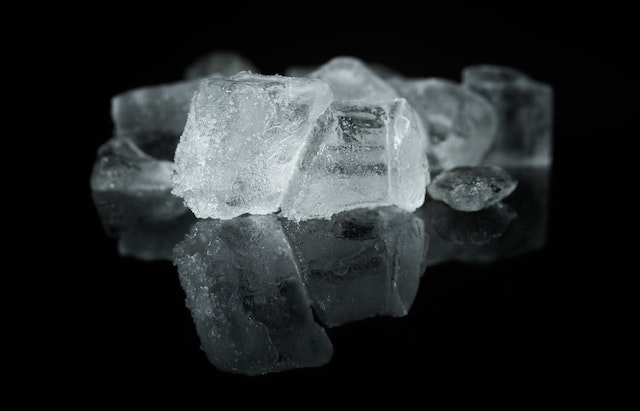- 20 June 2023
- 99
Why Skin Icing Is the Secret to Glowing, Radiant Skin (And How You Can Do It at Home)

Skin icing has gained popularity as a skincare technique due to its potential benefits for achieving glowing, radiant skin. While the scientific evidence supporting these claims is limited, many people find skin icing refreshing and believe it provides certain positive effects. Here’s why skin icing is often associated with glowing, radiant skin and how you can try it at home:
1. Skin brightening: Cold temperatures can help constrict blood vessels and reduce redness, resulting in a more even skin tone. By improving blood circulation, skin icing may enhance the delivery of oxygen and nutrients to the skin cells, which can contribute to a brighter complexion.
2. Reduced puffiness and under-eye circles: Cold therapy is known to help reduce puffiness and swelling. Applying ice or a cold compress to the skin can constrict blood vessels and minimize fluid retention, which can be beneficial for reducing puffiness around the eyes and diminishing the appearance of under-eye circles.
3. Refreshed and tightened skin: Skin icing can provide a temporary tightening effect on the skin. When cold temperatures are applied, the tissues contract, leading to a firming sensation and an improvement in skin elasticity. This can help create a more youthful and refreshed appearance.
To try skin icing at home, follow these steps:
1. Start with a clean face: Wash your face with a gentle cleanser to remove any dirt, oil, or makeup.
2. Prep the ice or cold compress: You can either wrap a few ice cubes in a soft cloth or use a reusable cold pack. If using ice cubes, make sure to have a towel or cloth ready to catch any water drips.
3. Apply the cold compress: Gently press the ice or cold compress onto your skin, moving it in circular motions or in an upward direction. Focus on areas that may benefit from skin icing, such as the cheeks, forehead, or under-eye area. Avoid sensitive areas, and do not apply ice directly to the skin to prevent potential damage.
4. Duration: Generally, skin icing sessions last for a few minutes, typically between 5 to 15 minutes. However, start with shorter durations, especially if you have sensitive skin, and gradually increase the time if desired.
5. Moisturize: After skin icing, follow up with your regular skincare routine, including moisturizer, to hydrate and protect your skin.
Remember, individual results may vary, and it’s important to listen to your skin’s response. If you experience discomfort or adverse effects, discontinue skin icing and consult a dermatologist or skincare professional for guidance.
While skin icing can provide a refreshing sensation and potential short-term benefits, maintaining a consistent skincare routine, protecting your skin from sun damage, eating a balanced diet, and staying hydrated are also important factors in achieving and maintaining radiant, glowing skin.

